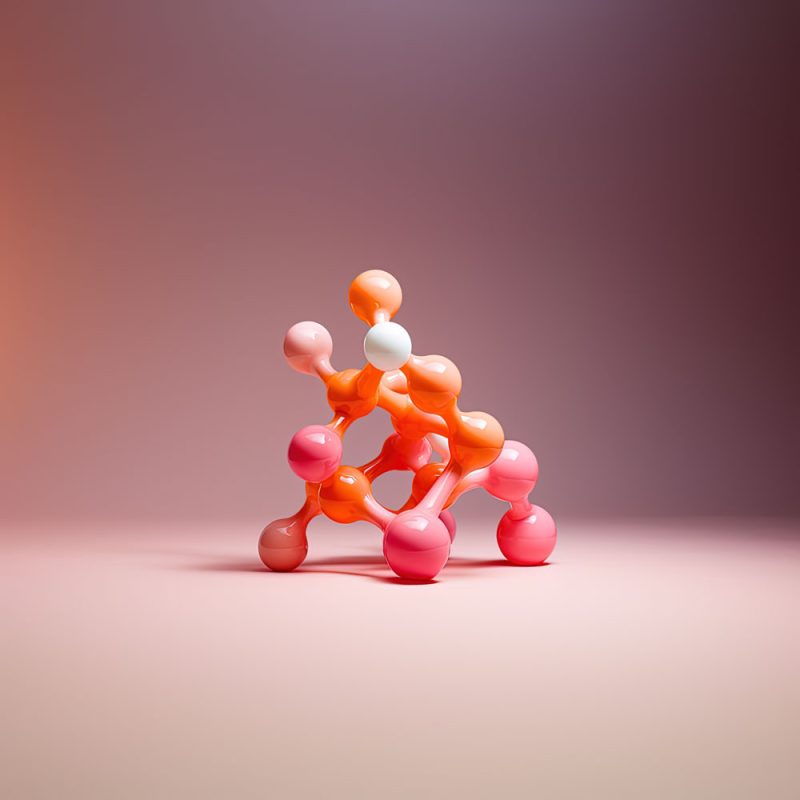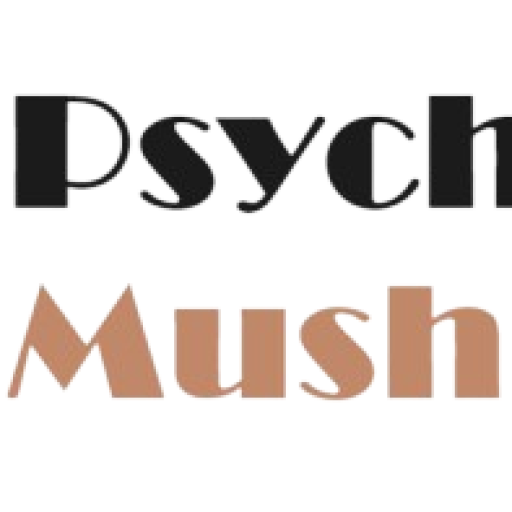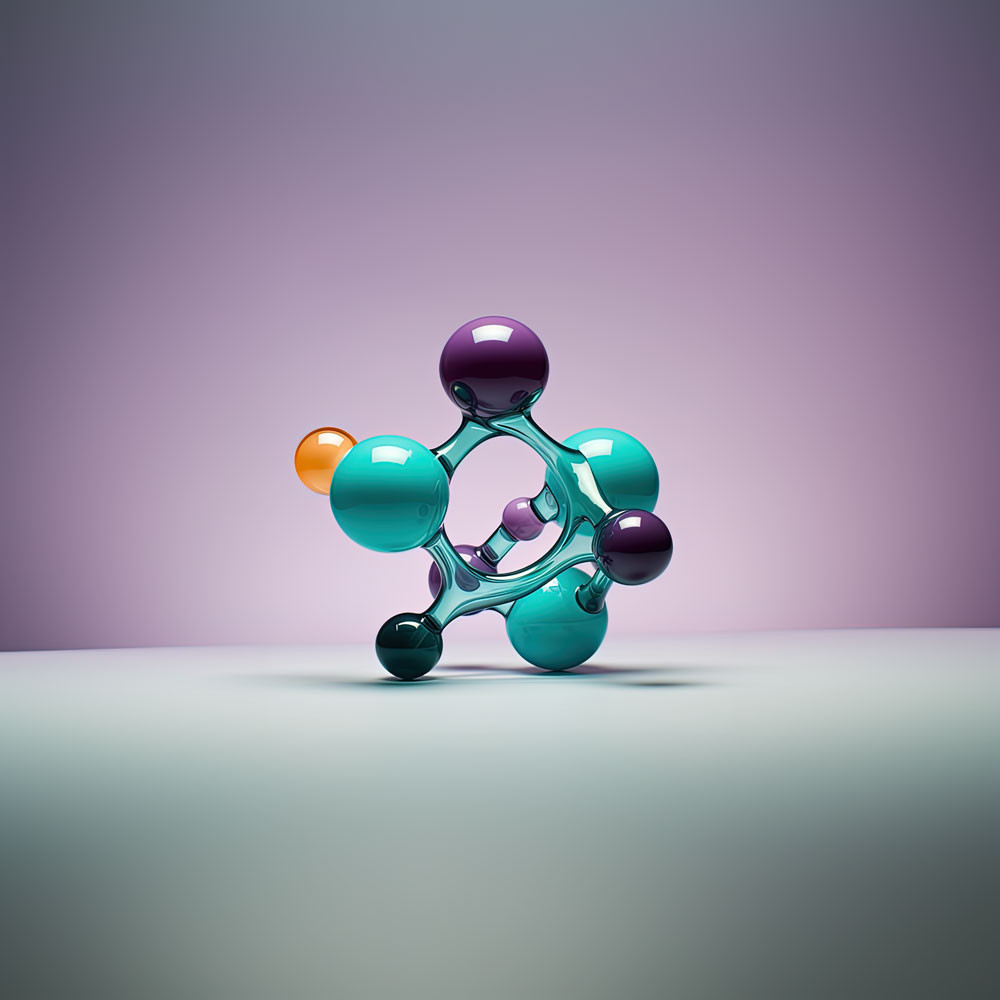
Ayahuasca
An Amazonian brew that contains DMT (Dimethyltryptamine) which leads to extended psychedelic experiences.
Historical Context
For thousands of years, the Amazonian people have consumed ayahuasca as part of religious, healing, and spiritual ceremonies. These ceremonies are often led by shamans who guide the sessions through chants and prayers.
Research & Developments
Ayahuasca is being explored for its potential to treat:
- Psychological trauma
- Addiction
- Alzheimer’s disease
DMT (Dimethyltryptamine)
A potent hallucinogen that naturally occurs in several plant species with the most common one being the ayahuasca plant.
Historical Context
DMT has been used by South American indigenous communities to gain spiritual insight during shamanic traditional ceremonies. Synthetic DMT was first synthesised by chemist Richard Manske in 1931. DMT was very popular in the 1960s prior to it being banned across most of the world in the 1970s.
Research & Developments
DMT is being explored for its potential to treat:
- Depression
- Bipolar disorder

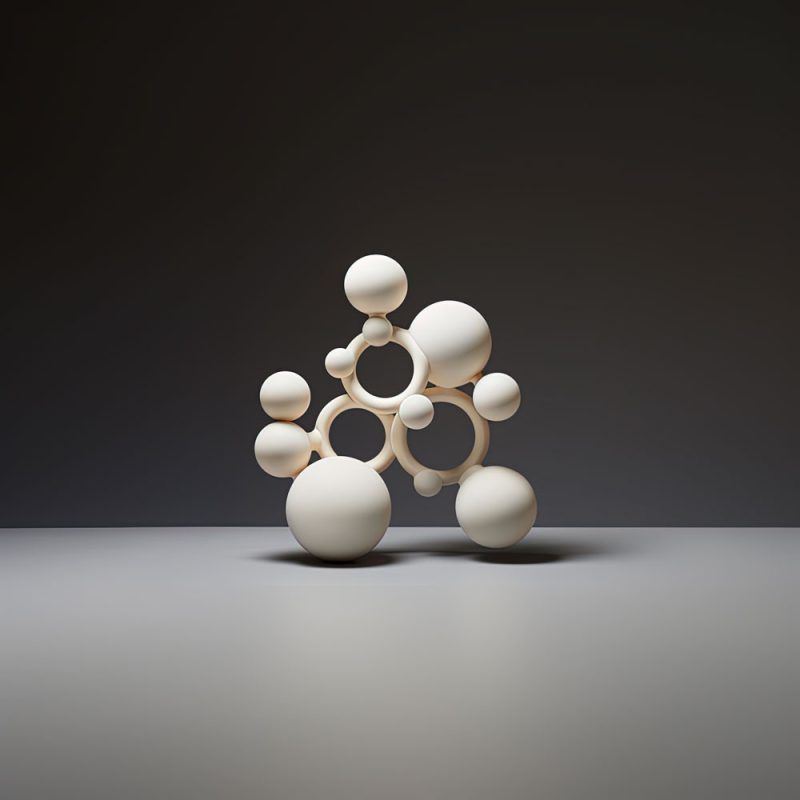
Ibogaine
Derived from the tabernatnhe iboga baillon plant, ibogaine is a hallucinogenic stimulant.
Historical Context
For over 2,000 years, the Gabon people have eaten or drank Ibogaine as part of the Bwiti initiation ceremony. Ibogaine was first synthesised in 1966 and psychiatrists in Chile, and the USA began exploring whether Ibogaine could be used to help addiction.
Research & Developments
Ibogaine is being explored for its potential to treat:
- Substance use disorders
- Post-traumatic stress disorder
LSD (lysergic acid diethylamide)
A classic hallucinogen that is derived from the fungus ergot, commonly found growing on rye.
Historical Context
In the 1930’s Albert Hoffman, a Swiss scientist, accidentally synthesised LSD. He discovered its hallucinatory effects when a drop of LSD touched his skin. In the 1950s, LSD was tested as a treatment for alcohol use disorder. Throughout the 1960s LSD’s popularity increased as a recreational drug.
Research & Developments
LSD is being explored for its potential to treat:
- Post-traumatic stress disorder
- Anxiety
- Depression
- Alcohol use disorder
- Cluster headaches
- Attention deficit hyperactivity disorder (ADHD)
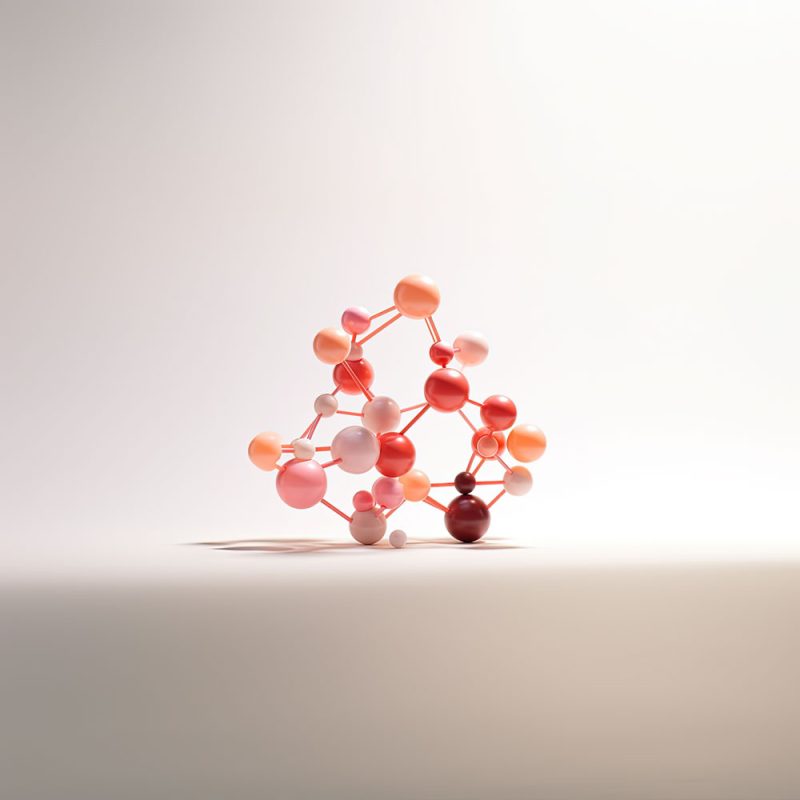
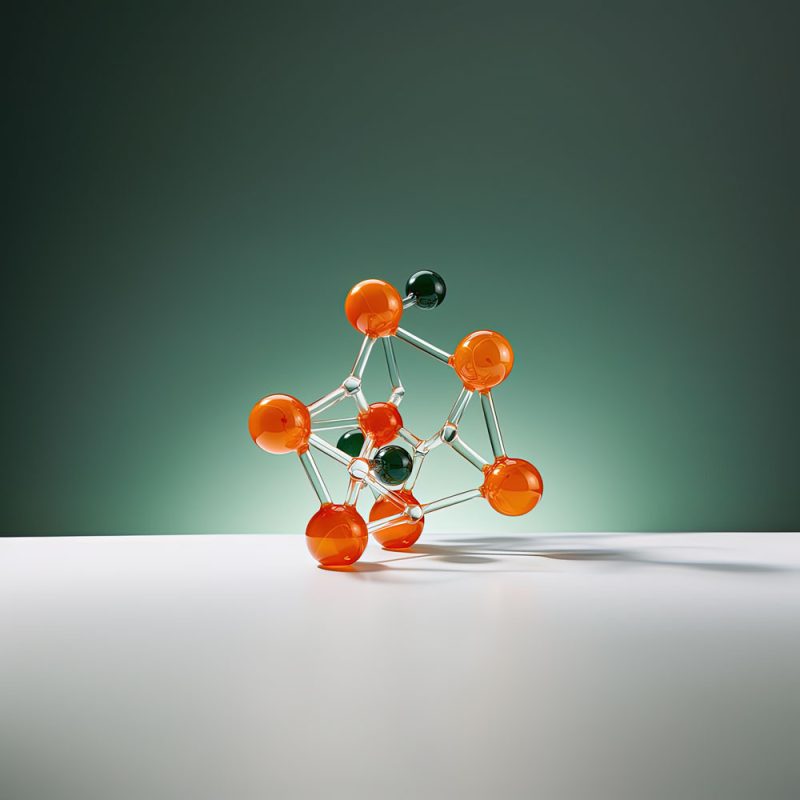
MDMA (Methylenedioxymethamphetamine)
A synthetic amphetamine-type stimulant that is often taken in a pill form.
Historical Context
MDMA was first synthesised in 1912. In the 1970s, Alexander Shuglin rediscovered MDMA and began exploring the use of the drug in humans in the context of psychological treatment. The 1980s saw the widespread recreational use of MDMA.
Research & Developments
MDMA is being explored for its potential to treat:
- Post-traumatic stress disorder
- Anxiety
- Eating disorders
Psilocybin
Naturally occurring in the psilocybe genus of mushrooms, it may promote neural plasticity. Psilocybin can induce feelings of euphoria, peacefulness, and spiritual awakening.
Historical Context
Psilocybin has been used for thousands of years in religious and spiritual ceremonies for divination, healing, pain relief, and celebrations. In 1958, Albert Hoffman isolated psilocybin from the mushroom P. Mexicana.
Research & Developments
Psilocybin is being explored for its potential to treat:
- Depression
- Anxiety
- Obsessive compulsive disorder
- Post-traumatic stress disorder
- Lyme disease
- Anorexia
- Substance use disorder
- Alcohol use disorder
- Cancer pain
- Functional neurological disorder
- Chronic cluster headache
- Bipolar disorder
